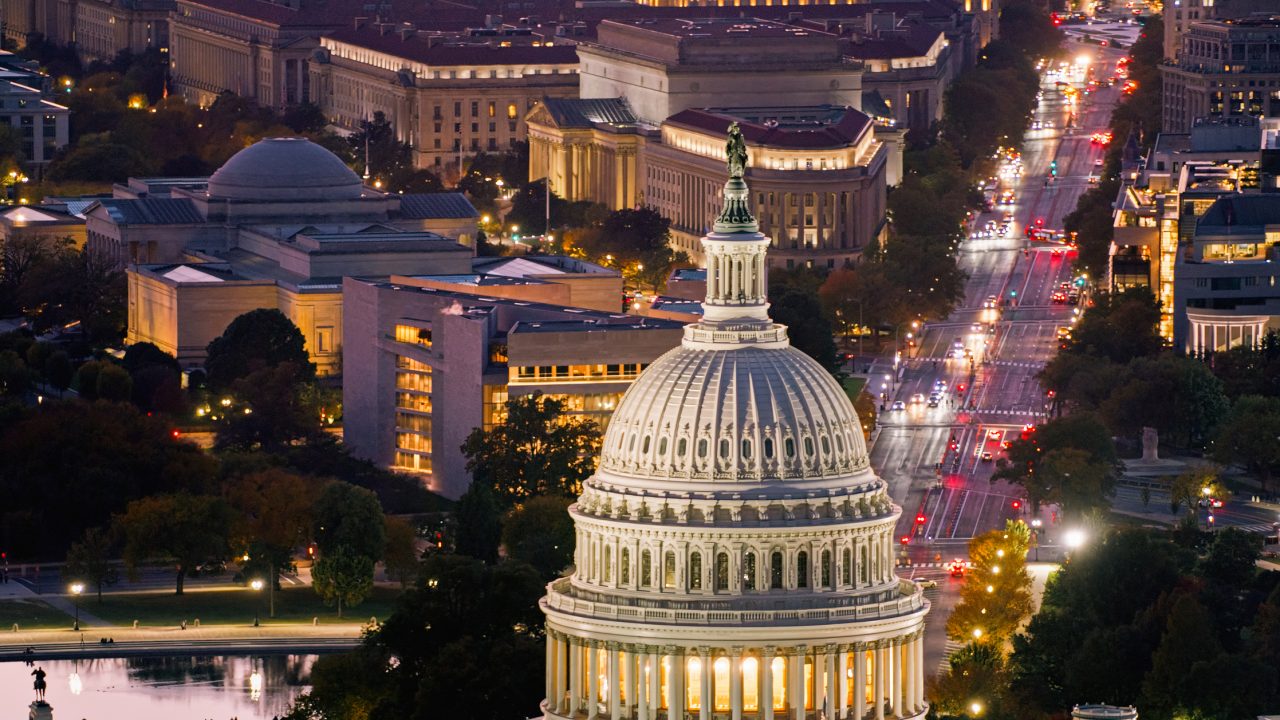The U.S. withdrew from the Paris Climate Accord, but that hasn’t stopped cities and counties from adopting their own regulations to try to mitigate the effects of climate change. Communities across the country are adopting stretch and reach codes to steer the industry toward creating higher-performing buildings.
According to the Building Codes Assistance Project (BCAP), stretch codes are a voluntary appendix to a mandatory statewide minimum energy code that allows municipalities to adopt a uniform beyond code option to achieve greater levels of energy efficiency. Reach codes are a set of statewide optional construction standards for energy efficiency that exceed the requirements of the state’s mandatory codes.
According to the BCAP, the goal of both stretch and reach codes are to pull the construction market upward, priming the industry for changes that could be part of the next update for the state baseline energy code. Local jurisdictions are deciding that current energy codes are not delivering the level of building energy performance to meet energy and climate action goals.
Examples of stretch code adoption
Massachusetts adopted a stretch code that provides a route to achieving a 20 percent to 35 percent increase in energy efficiency in new residential buildings, and 20 percent in commercial buildings. For residential construction, it uses a performance-based code, giving developers flexibility in how they choose to meet that target, as long as they achieve a HERS rating of 55. Commercial developers must follow a prescriptive route that requires a specific set of energy improvements. More than 180 municipalities are participating in the state’s Green Community Designation and Grant Program, which provides funding and technical guidance to municipalities that pledge to reduce their energy use by 20 percent over five years, as well as other criteria that encourage renewable energy development.
In 2015, Governor Andrew Cuomo helped the State of New York establish a roadmap toward a clean, resilient and affordable energy system for the state. To help achieve these ambitious goals, the New York State Energy Research and Development Authority (NYSERDA) led an effort to develop NY Stretch-Energy, a voluntary locally-adopted stretch energy code which offers municipalities a more energy-efficient alternative to the minimum state energy code.
The plan includes three quantifiable targets to achieve by 2030:
- A 40 percent reduction in greenhouse gas emissions from 1990 levels;
- 50 percent energy from renewable sources; and
- A 23 percent decrease in building energy consumption from 2012 levels.
Vermont adopted stretch codes as part of its Comprehensive Energy Plan, with the goal of reducing its greenhouse gas emissions; the state is aiming for a 40 percent reduction below 1990 levels by 2030, and an 80 percent to 95 percent reduction below 1990 levels by 2050. The state says, “environmentally sound energy policy rises in prominence in the context of our urgent need to mitigate the global climate change that is resulting from greenhouse gas emissions, while also advancing local environmental sustainability.”
Moving beyond ASHRAE 90.1
ASHRAE 90.1 is the international standard for that provides minimum requirements for energy efficient designs for buildings (with the exception of low-rise residential buildings). The New Buildings Institute (NBI) has released a set of stretch codes designed to deliver a 20 percent performance improvement for commercial buildings over the ASHRAE 90.1 baseline. A summary of the new Model Stretch Code can be accessed here. Any city or state can adopt the measures in full or adopt portions into their existing codes.
NBI’s stretch codes target five areas:
- Improved building envelope performance. This includes increasing window assembly performance, reducing solar gain, increasing insulation levels in opaque buildings, reducing heat transmission losses resulting from uninsulated building elements, and improving air barrier performance to reduce energy loss and moisture transmission;
- Lighting system performance. Increased use of LED’s, increased daylighting and more efficient technologies for exterior spaces;
- HVAC improvements. Reducing fan energy use and incorporating heat recovery into ventilation systems;
- Domestic hot water. Reduce supply run length and volume to reduce standby heat loss, as well as incorporating waste heat recovery or solar thermal systems; and
- Plug and equipment loads. Deploy the most energy-efficient appliances and incorporate strategies to ensure that equipment is turned off when not in use.
The nonprofit group Architecture 2030 recently released its own guidelines for a similar measure called ZERO Code, which offers new prescriptive or performance standards that can be used to exceed the ASHRAE 90.1 standard. ZERO Code applies to commercial, institutional and mid-to-high rise buildings, and should be particularly relevant in cities with a concentration of construction, where solar panels would be difficult or impossible to utilize.
Mayors from more than 350 U.S. cities have pledged their commitment to the Paris Climate Accord – including those from America’s 10 largest cities. Changes are happening rapidly; California just adopted a new code requiring most new home construction to include solar panels starting in 2020 – the first state to do so.
Stretch and reach codes are an effective way to exact real change in reducing energy demand and greenhouse gas emissions. The construction and building industry – which is responsible for nearly half the CO2 emissions in the U.S. – should be prepared to embrace and adapt to the code changes.







